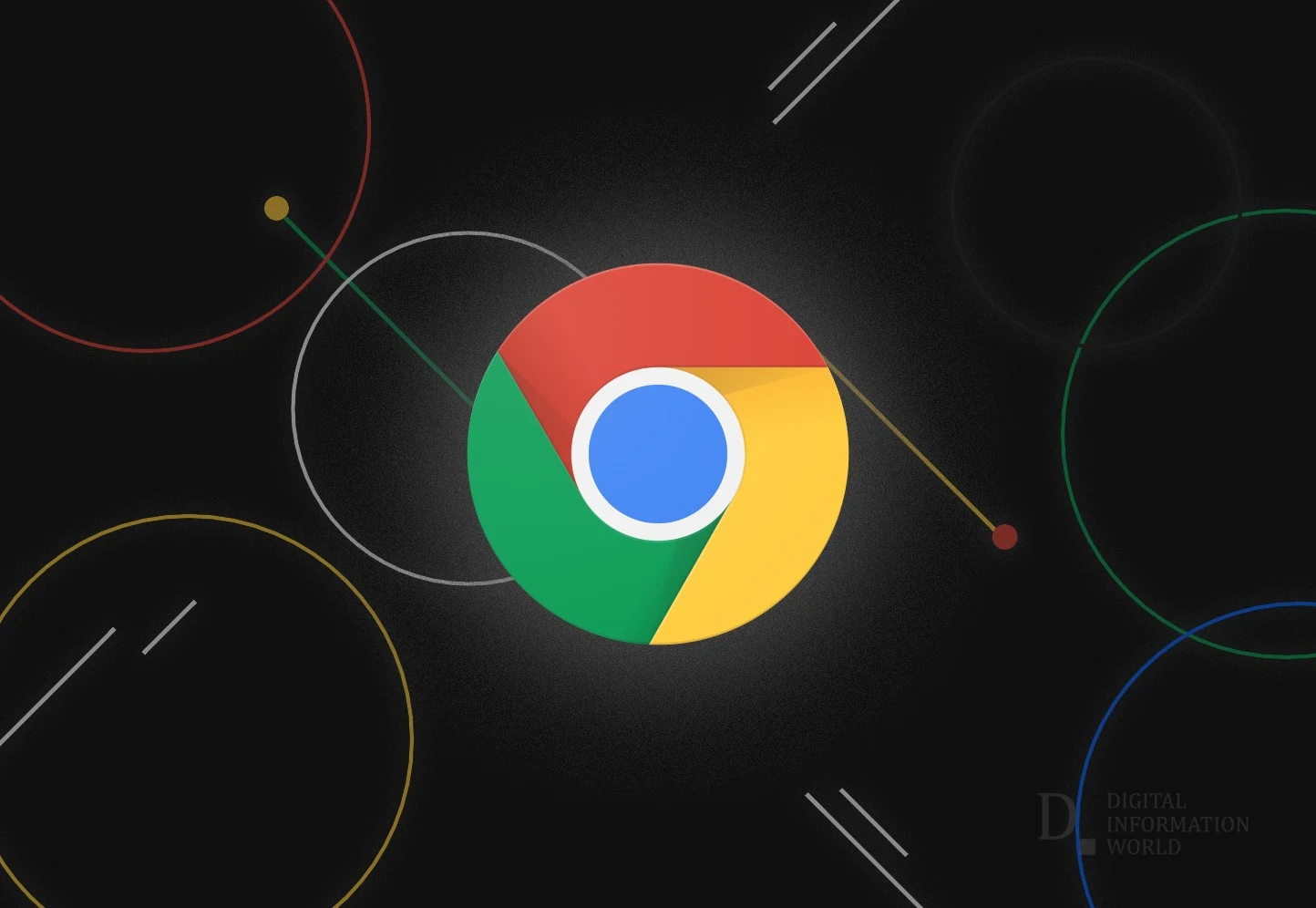Google’s Chrome web browser is probably the most popular, however, this browser is known as the resource-hungry web browser. It seems that Google wants to change that by using a new feature that would make Chrome a faster web browser. The company has started rolling out a new feature that allows the Chrome browser to use fewer resources by automatically unloading advertisements that use a disproportionate amount of resources.
The resource-intensive heavy advertisements can ruin your browsing experience as pages load slower, and the browser also consumes more battery power as well as mobile data. Google has introduced the ‘heavy ad intervention’ system to reduce the network and CPU footprint of the Chrome browser. Earlier this month, John Delany, Google software engineer, wrote in a post on Google Groups that the company intends to roll it out throughout September in Google’s Chrome M85 since this is a major intervention.
The company is using a detection system based on thresholds to find resource-intensive heavy advertisements. This system will mark advertisements that are consuming more resources as advertisements with performance issues if you don’t interact with these ads. The criteria include ads that use the main thread for over one minute in total, or for over fifteen seconds in a thirty-second window, or an ad uses over 4 MBs of bandwidth.
Marshall Vale, Chrome Product Manager, stated that only 0.3% of all advertisements will exceed the thresholds of Chrome, however, it is noteworthy that these advertisements consume 26% of network data as well as 28% of all CPU resources used by online advertisements. Developers can go to heavy-ads.glitch.me to check if their advertisements are heavy or not. Developers can upload a creative to check if triggers intervention or not.
The company started working on their system back in July 2019 as part of a broader effort trying to steer advertisements into becoming friendlier. Besides heavy advertisements, the anti-heavy ad intervention system also unloads in-browser crypto miners, loading heavy videos before the user gesture, scripts that load poorly compressed large pictures, and advertisements that perform resource-intensive JayaScript operations. The Chrome browser follows the Better Ads Standard to filter harmful web advertisements, and determine if a site showcases potentially abusive advertisements. Advertisements that are already included in the blocklist of the Chrome browser includes ads that display fake alerts, messages, and mouse pointers, ads that promote and distribute malware and those ads that generally present misleading behavior.

Read next: Chrome 86 Will Introduce A New Feature Called Quick Focus Highlight Which Improves The User Experience When It Comes To Working With Focus
The resource-intensive heavy advertisements can ruin your browsing experience as pages load slower, and the browser also consumes more battery power as well as mobile data. Google has introduced the ‘heavy ad intervention’ system to reduce the network and CPU footprint of the Chrome browser. Earlier this month, John Delany, Google software engineer, wrote in a post on Google Groups that the company intends to roll it out throughout September in Google’s Chrome M85 since this is a major intervention.
The company is using a detection system based on thresholds to find resource-intensive heavy advertisements. This system will mark advertisements that are consuming more resources as advertisements with performance issues if you don’t interact with these ads. The criteria include ads that use the main thread for over one minute in total, or for over fifteen seconds in a thirty-second window, or an ad uses over 4 MBs of bandwidth.
Marshall Vale, Chrome Product Manager, stated that only 0.3% of all advertisements will exceed the thresholds of Chrome, however, it is noteworthy that these advertisements consume 26% of network data as well as 28% of all CPU resources used by online advertisements. Developers can go to heavy-ads.glitch.me to check if their advertisements are heavy or not. Developers can upload a creative to check if triggers intervention or not.
The company started working on their system back in July 2019 as part of a broader effort trying to steer advertisements into becoming friendlier. Besides heavy advertisements, the anti-heavy ad intervention system also unloads in-browser crypto miners, loading heavy videos before the user gesture, scripts that load poorly compressed large pictures, and advertisements that perform resource-intensive JayaScript operations. The Chrome browser follows the Better Ads Standard to filter harmful web advertisements, and determine if a site showcases potentially abusive advertisements. Advertisements that are already included in the blocklist of the Chrome browser includes ads that display fake alerts, messages, and mouse pointers, ads that promote and distribute malware and those ads that generally present misleading behavior.

Read next: Chrome 86 Will Introduce A New Feature Called Quick Focus Highlight Which Improves The User Experience When It Comes To Working With Focus

